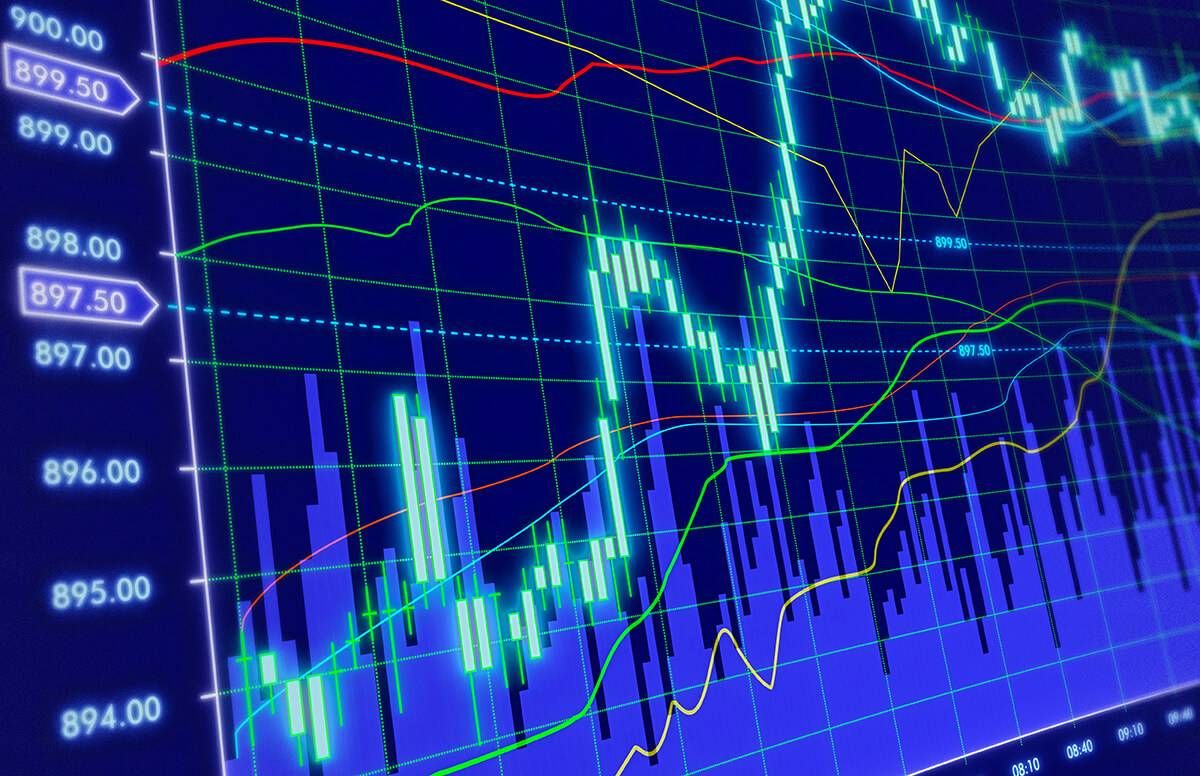Why the Stock Market Has Been Crashing
The boomers and their 'teeth' is one reason, says PBS NewsHour's Paul Solman
(This article previously appeared on the PBS NewsHour site.)

Here are five reasons the stock market has been crashing and two caveats:
1. Prices Were Historically Out of Whack
Stock prices of U.S. companies had reached their second-highest level ever — as a ratio of those companies’ profits, at least according to Nobel Laureate Robert Shiller’s “cyclically-adjusted price/earnings ratio.” [For more, go here.] Since a share of stock is, in theory, a share of those profits, a high ratio means a high stock price, relative to profits. And of course historical peaks, by definition, come before the fall.
Using the S&P 500 index, a convenient average of 500 especially big and prominent companies supposedly reflective of the US stock market as a whole, Shiller’s CAPE was around 35 just a few days ago. Thus the “plunge” to 32 by Monday afternoon is certainly “a fall.” But at 32, the index is still above its second highest peak ever: the U.S. stock market in October of 1929, when the Shiller CAPE briefly hit 30. (More familiar numbers: the Dow Jones Industrial Average of 30 stocks, hit 26,584 last week. It closed Monday at 24,345, a drop of almost 10 percent. The S&P hit 2,867. It closed Monday at 2,649.)
How low could the markets go? After the Crash of ’29, the S&P index bottomed out in March of 1933 at around 6. In other words, the S&P dropped by more than 80 percent. (The Dow actually fell by almost 90 percent). An 80 percent drop from last week’s peak would give us an S&P of 573. A 90 percent DJIA drop? A Dow down to around 2,660.
Now before you panic, the highest Shiller peak ever was 45, before the dot.com-led cascade of 2000. So exuberance — whether “irrational” or not — could conceivably have had quite a ways to go, and could have a substantial upside even now. A price-to-earnings ratio of 45 would mean an S&P index approaching 4000, a Dow nearing 35,000.
2. The “Bondcano”
Sebastian Mallaby has an excellent column in The Washington Post that explains in greater detail, but briefly: As borrowing costs rise, you get a better return on bonds — a higher interest rate. So risk-averse investors start buying bonds: basically, lending their money to bond issuers like the U.S. government in return for its IOUs (its bonds). Where does much of the money come from to buy those bonds? Right, stock investments. More sellers than buyers at the current price: voila, the stock market goes down.
3. The Deficits and the Debt
The warning has been deafening, for decades, and was trumpeted with renewed vigor after the Federal Reserve created several trillion dollars to bail out the U.S. economy to counter the Crash of ’08: the massive borrowing needed to bridge the gap between what the U.S. government spends and what it gets from us taxpayers in revenues will jack up borrowing costs, meaning higher interest rates, meaning — well, see reason No. 2, above.
4. The Cryptocurrency Bubble
Bitcoin is just one of a host of so-called “cryptocurrencies” that have levitated in the last year. As there are much looser restrictions on “margin” buying of such things — buying on credit, that is — there are likely to be plenty of investors who now need to come up with cash to pay their debts, now that Bitcoin alone has taken a falcon-like dive of more than 60 percent in the past few weeks.
5. Baby Boomers and Their Teeth
Teeth in the sense of both deteriorating choppers and “long of tooth” — the aging of the baby boom. Ten thousand Americans are hitting the age of 65 every day; another 10,000 or so hitting 66, 67, 68… They are rightly worried about how much they’ll need for retirement. Most of us haven’t saved enough. If the stock market starts going down, many will want to bail out to protect what nest egg they have. And more importantly, perhaps, if their money is in tax-protected retirement accounts, as so much of it is, they must, by law, begin drawing it out at age 70 1/2, and pay taxes on it. I’m 73, a year-and-a-half ahead of the baby boom. I have experienced this painful process first-hand. It means selling assets. If most of your assets are in stocks, it is stocks you will sell.
Two Caveats
1. There are surely more reasons than these, so consider this list partial.
2. As I once heard the famous Harvard economist and economics popularizer John Kenneth Galbraith say, and have quoted ever since: “There are two kinds of economists; those who don’t know the future, and those who don’t know they don’t know.” I count myself among the former, and I’m not even an economist. So nothing written above is meant to be taken as a guide to future performance. Does the stock market crash mean something decisive about the future? As a more revered economist than Galbraith, Paul Samuelson once testified, “the stock market has correctly predicted nine of the last five recessions.”
Optimists like Sebastian Mallaby in the column linked above say the economy appears to be doing just fine, with an unemployment rate at barely 4 percent (“full employment”) with wages finally rising and business so good that companies are borrowing again at last. That’s what’s driving up interest rates and it’s a good thing.
The pessimists? That’s what they said in 1929, when unemployment was, as best we can tell, below 3 percent. And look what happened next.

